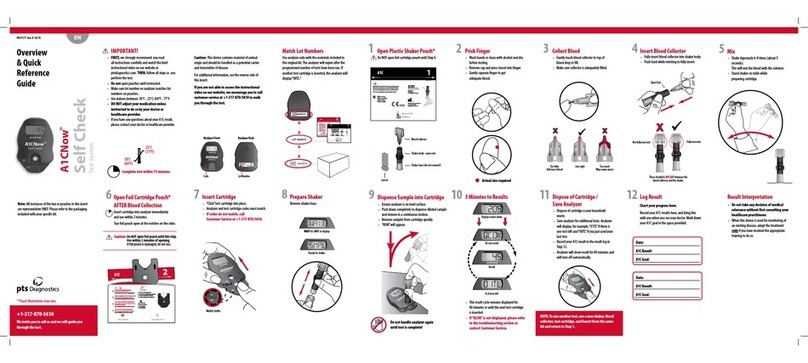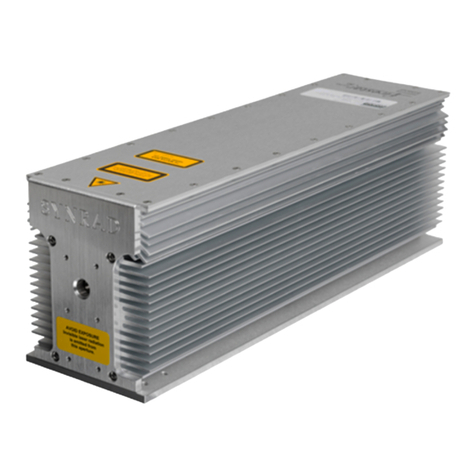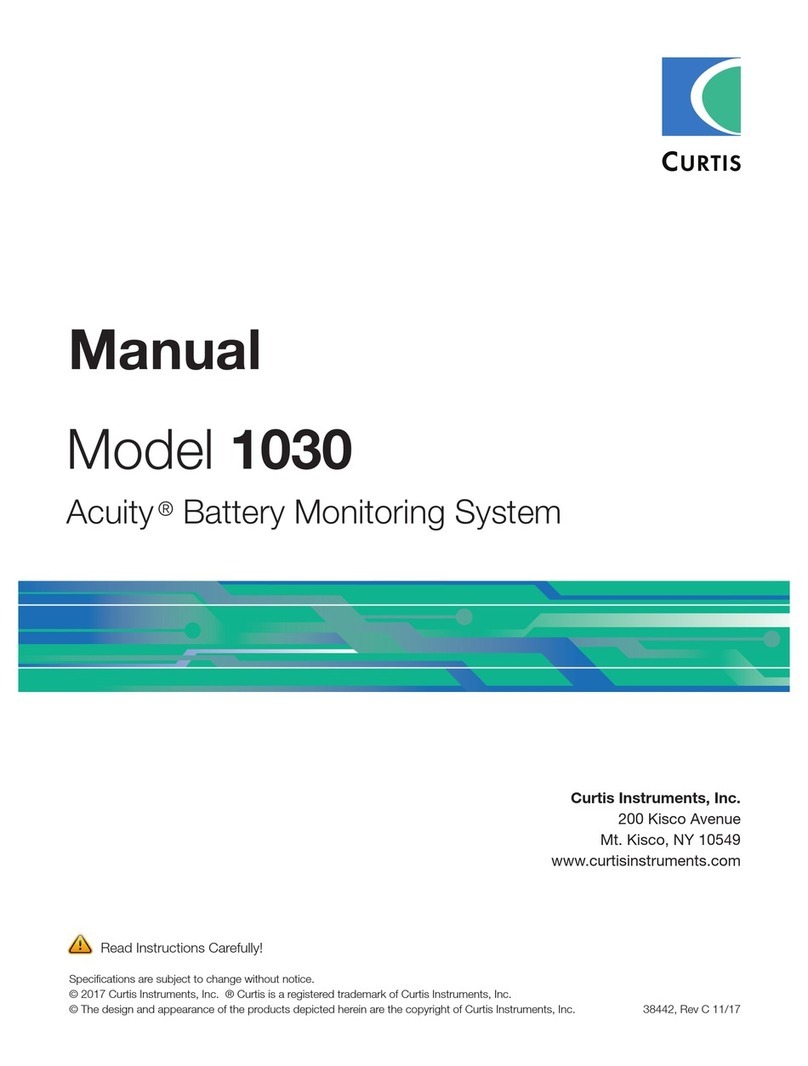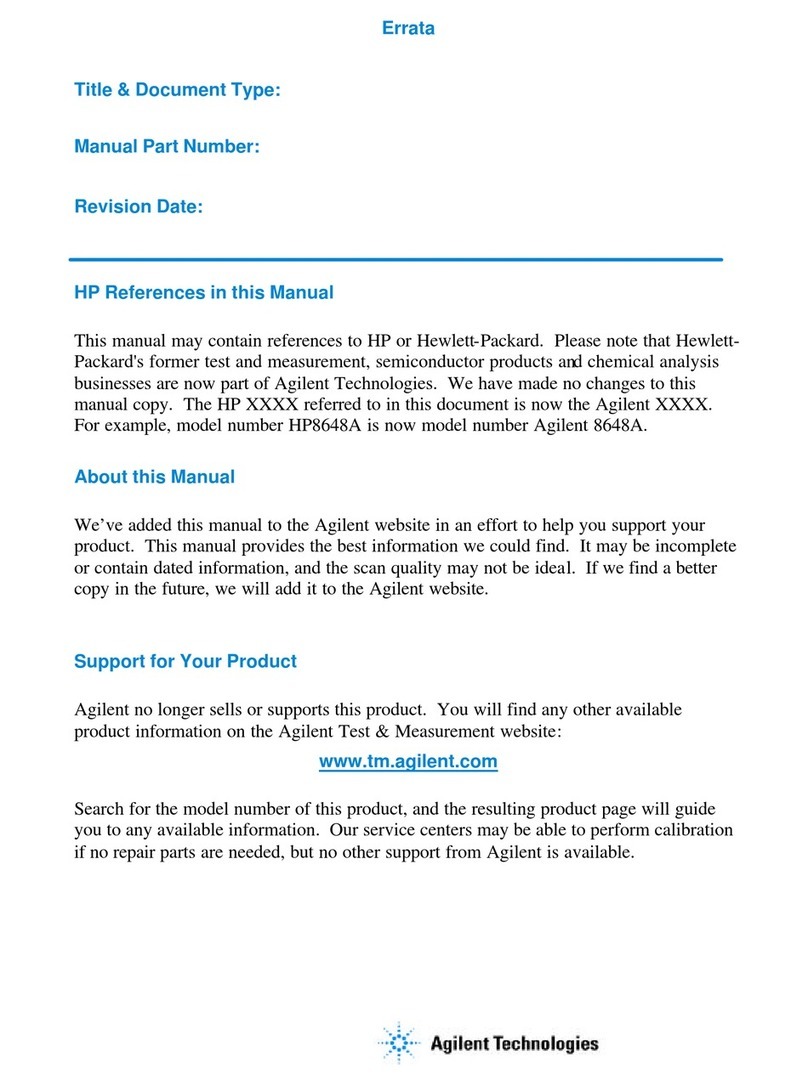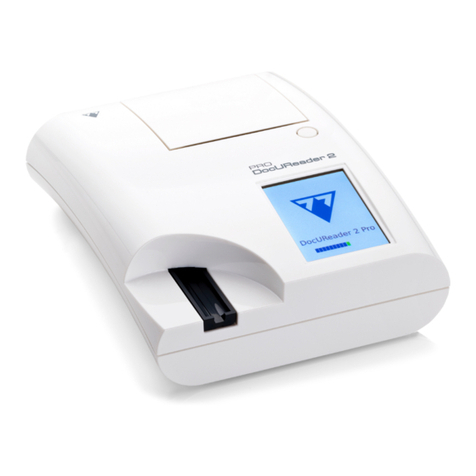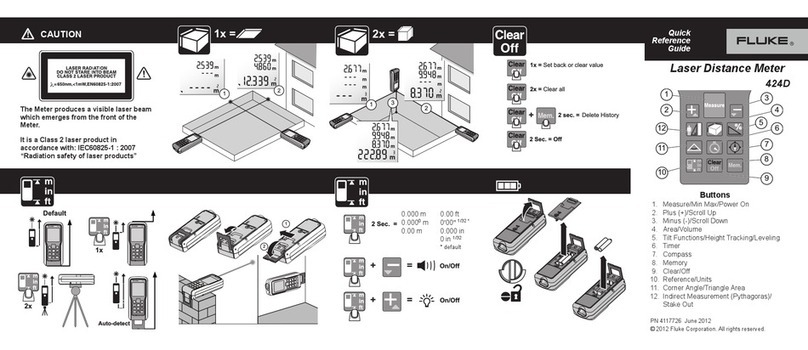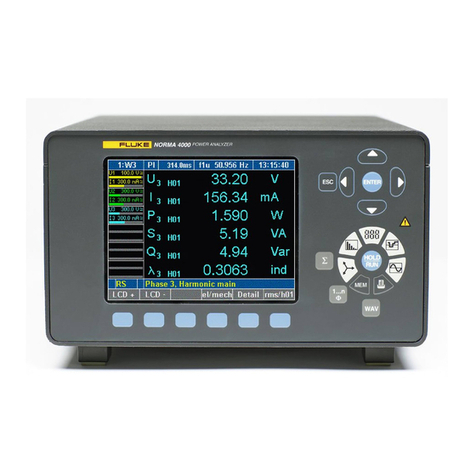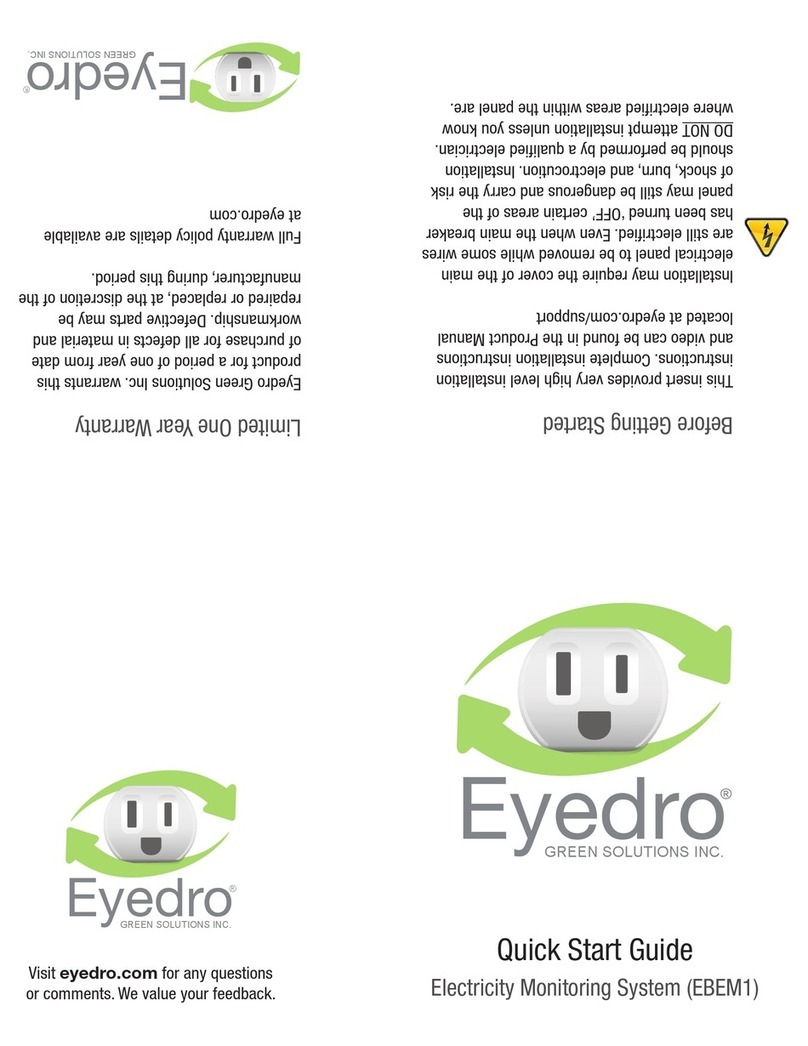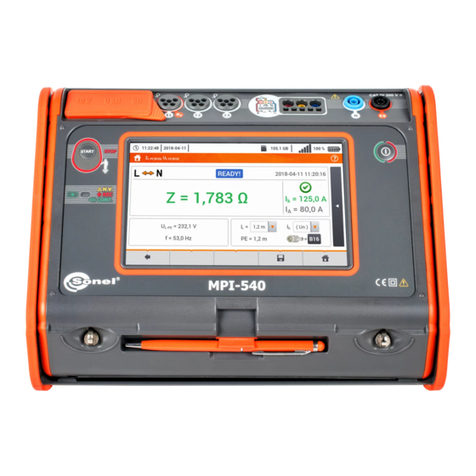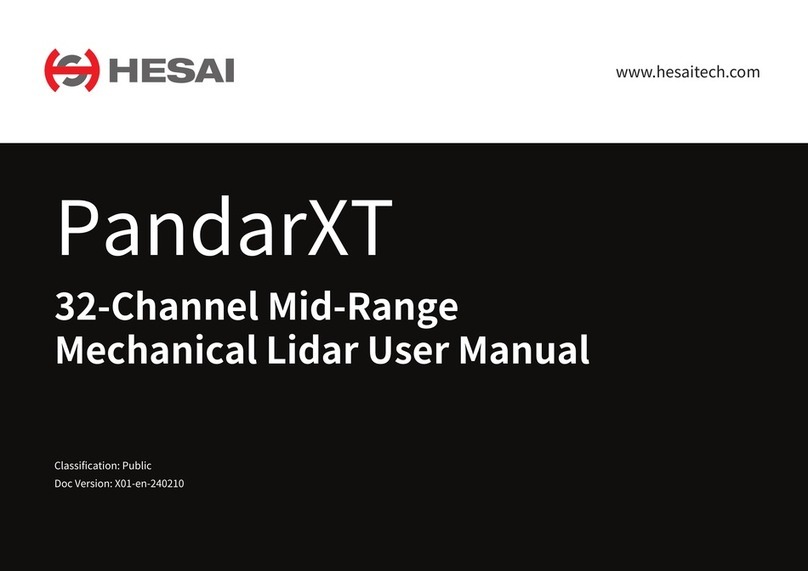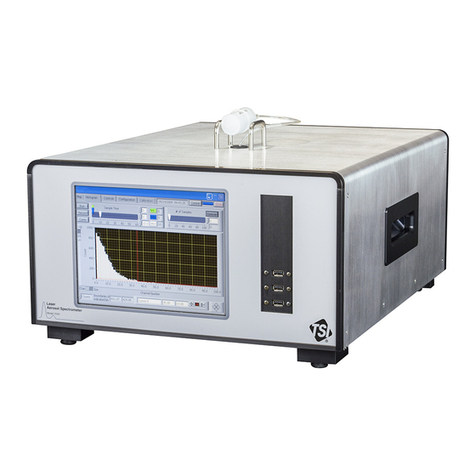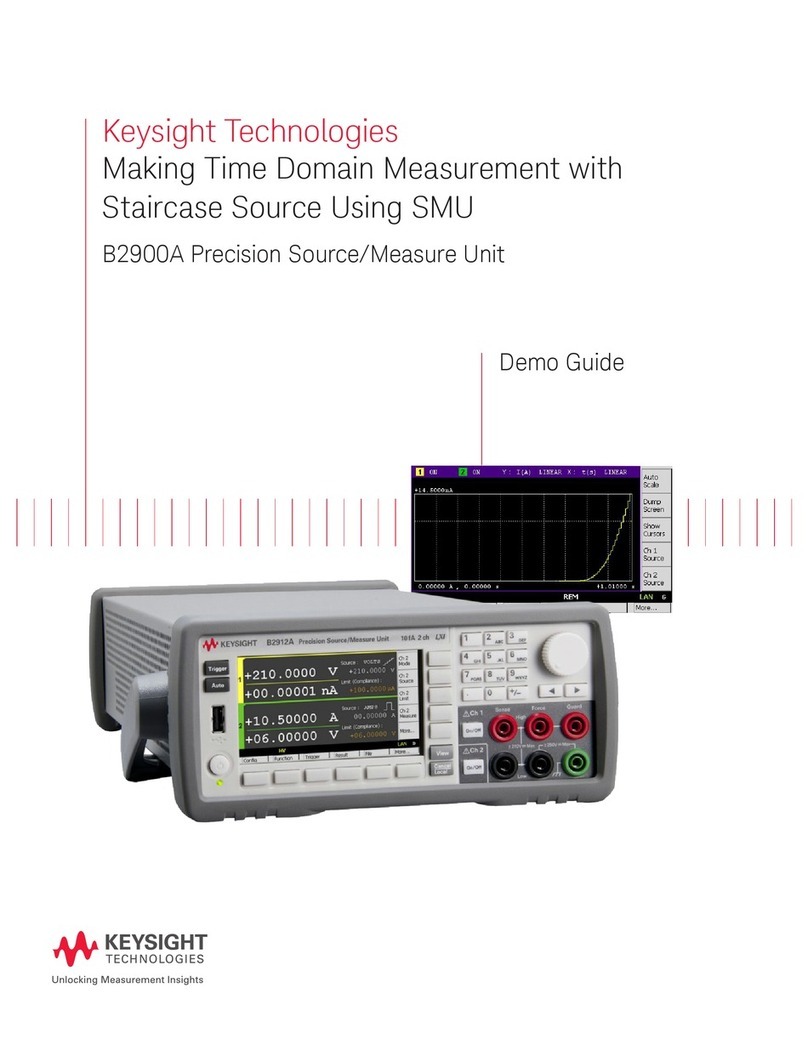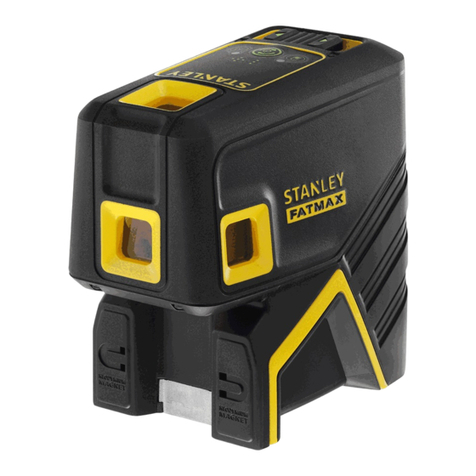pts Diagnostics CardioChek Plus User manual

Professional Test System
Portable Whole
Blood
Test System
User
Guide
For Pro ess Us

TABLE OF CONTENTS
I. INTRODUCTION....................................................................................................4
II. INTRODUCTION TO THE CARDIOCHEK PLUS PROFESSIONAL TEST
SYSTEM.................................................................................................................6
The CardioChek Plus Professional Test ............................................................... 6
The CardioChek Plus Professional Test System and Operating Principle............. 6
The MEMo Chip................................................................................................... 8
III. SETUP.................................................................................................................12
Battery Use and Replacement..............................................................................12
CardioChek Plus Professional Analyzer Menus.....................................................13
How to Turn Off the Analyzer...............................................................................15
Setting Language.................................................................................................15
How to Set the Language (First-Time Use) ..........................................................15
How to Reset the Language.................................................................................16
How to Set the Date and Time .............................................................................16
How to Set the Units ............................................................................................18
How to Set the Sound..........................................................................................19
How to Set the Wi-Fi On or Off.............................................................................20
How to Set Up the CardioChek Plus Professional Analyzer for Printing…………..21
Testing the Printer................................................................................................22
How to Print Results From Memory......................................................................22
How to Get Help and Information Regarding Your CardioChek Plus Professional
Analyzer ......................................................................................................................23
IV. CHECKING THE SYSTEM ....................................................................................24
Analyzer Check Strips..........................................................................................24
How to Use the Analyzer Check Strip...................................................................24
V. QUALITY CONTROL TESTING .............................................................................26
Quality Control .....................................................................................................26
How To Run a Quality Control Test on Reflectance Test Strips............................27
How To Run a Quality Control Test on Electrochemical Test Strips .....................28
VI. RUNNING A TEST.................................................................................................29
Blood Testing.......................................................................................................29
How to Obtain a Blood Sample ............................................................................30
How to Run a Reflectance Test............................................................................32
2

TABLE OF CONTENTS
How to Run an Electrochemical Test....................................................................32
How to Run an Electrochemical Test with a Reflectance Test..............................33
VII. MEMORY..............................................................................................................35
How to Review Results Stored in Memory............................................................35
How to Clear Results Stored in Memory...............................................................36
VIII. Wi-Fi....................................................................................................................37
Wireless Statement..............................................................................................37
Wireless Compatibility..........................................................................................37
Data Management................................................................................................37
IX. CARE AND CLEANING.........................................................................................38
Storage and Handling ..........................................................................................38
Cleaning and Disinfection.....................................................................................38
X. TROUBLESHOOTING............................................................................................42
XI. INTERPRETING RESULTS...................................................................................44
XII. CLIA INFORMATION ...........................................................................................45
XIII. SPECIFICATIONS...............................................................................................46
XIV. CONTACT INFORMATION.................................................................................47
XV. WARRANTY.........................................................................................................48
CardioChek Plus Professional Analyzer Limited Two-Year Warranty...................48
XVI. EXPLANATION OF SYMBOLS...........................................................................49
Symbols............................................................................................................49
XVII. INDEX ................................................................................................................50
3

I. INTRODUCTION
CardioChek® Plus
Intended Use
The CardioChek Plus test system is a small, portable analyzer and test strip
system intended for multiple-patient use in professional healthcare settings.
This system should only be used with single-use, auto-disabling lancing
devices. This system is for in vitro diagnostic use only. The test strips are
for the quantitative determination of glucose, total cholesterol, HDL (high
density lipoprotein) cholesterol, and triglycerides in venous whole blood and
capillary whole blood from the fingertip. A Chol/HDL ratio and estimated
values for LDL (low density lipoprotein) cholesterol and non-HDL
cholesterol are calculated by the CardioChek Plus analyzer.
Cholesterol measurements are used in the diagnosis and treatments
of disorders involving excess cholesterol in the blood and lipid and
lipoprotein metabolism disorders.
HDL (lipoprotein) measurements are used in the diagnosis and treatment
of lipid disorders (such as diabetes mellitus), atherosclerosis, and various
liver and renal diseases.
Triglycerides measurements are used in the diagnosis and treatment
of patients with diabetes mellitus, nephrosis, liver obstruction, other
diseases involving lipid metabolism or various endocrine disorders.
Glucose measurements are used in the diagnosis and treatment of
carbohydrate metabolism disorders including diabetes mellitus,
neonatal hypoglycemia, and idiopathic hypoglycemia, and of
pancreatic islet cell carcinoma.
This user guide is for professional users. The CardioChek Plus professional
test system may be used with an optional printer, optional software solutions (a
software accessory to provide personalized health related information using
cholesterol results), and has wireless communication capability to assist in data
reporting.
This analyzer is a component of a test system that includes PTS Panels®
eGLU test strips, PTS Panels® glucose test strips and PTS Panels® lipid panel
test strips. The PTS Panels test strip box includes a lot-specific MEMo Chip®
that contains the assay calibration curve and other important information
about the assay. PTS Panels test strips are sold separately, and are available
as single and multiple-analyte test strips.
The test system uses reflectance photometry and electrochemical biosensor
technology. Reflectance test strips utilize an enzymatic reaction to produce a
color change that is detected by the analyzer after whole blood is applied.
Electrochemical test strips measure an electrical current when whole blood is
applied.
4

I. INTRODUCTION, continued
This professional user guide includes all the information that you need to run
point-of-care assays using the CardioChek Plus professional test system.
Before you begin testing, please read this entire user guide and the package
inserts (instructions for use), which are included with the PTS Panels test
strips.
Please remember to return the enclosed warranty card to PTS, Inc. to ensure
that you receive product updates and other important information.
For questions or additional assistance with your CardioChek Plus test system,
please contact PTS, Inc. (Hours: 8:00 a.m. to 5:00 p.m. US EST) using the
following contact information:
Polymer Technology Systems, Inc.
7736 Zionsville Road
Indianapolis, IN 46268 USA
+1-317-870-5610 (Direct)
+1-877-870-5610 (Toll-free inside the US)
+1-317-870-5608 (Fax)
Email: inforequest@ptsdiagnostics.com
Website: http://www.ptsdiagnostics.com
Important Safety Instructions
Users should adhere to Standard Precautions when handling or using this
analyzer. All parts of the glucose monitoring system should be considered
potentially infectious and are capable of transmitting blood-borne pathogens
between patients and healthcare professionals. For more information, refer to
“Guideline for Isolation Precautions: Preventing Transmission of Infectious Agents
in Healthcare Settings 2007”,
http://www.cdc.gov/hicpac/2007ip/2007isolationprecautions.html
The analyzer should be cleaned and disinfected after use on each patient. This
system may only be used for testing multiple patients when Standard Precautions
and the manufacturer’s disinfection procedures are followed.
Only auto-disabling, single use lancing devices may be used with this device.
5

II. INTRODUCTION TO THE CARDIOCHEK PLUS
PROFESSIONALTEST SYSTEM
The CardioChek Plus Professional Test System
The CardioChek Plus professional test system consists of three main parts. These
include the CardioChek Plus professional analyzer, PTS Panels® test strips, and a
lot-specific MEMo Chip®.
The CardioChek Plus Professional Test System and Operating Principle
The analyzer employs both light reflectance and electrochemical biosensor
technology to measure an enzymatic chemical reaction. When a blood
sample is applied to a reflectance test strip, a chemical reaction occurs that
produces a color change on the test strip. When blood is applied to an
electrochemical test strip, a current is produced. This color or current is
measured and compared to a calibration curve stored in the lot-specific
MEMo Chip. The analyzer converts this color or current reading into a test
result (the darker the color or greater the electrical current, the higher the
analyte concentration). The test result appears on the display screen.
6

II. INTRODUCTION TO THE CARDIOCHEK PLUS
PROFESSIONALTEST SYSTEM, continued
D
AE
B
F
C
G
Display (A)
Display shows test results, messages, time, date, and stored results.
Enter Button (B)
Press this button to turn on the analyzer or to accept the current menu
choice.
Reflectance Test Strip Slot (C)
The reflectance test strip slot is positioned in the lower front-center of the
analyzer. The reflectance test strip is inserted here with the smooth side
facing down.
MEMo Chip Port (D)
The MEMo Chip port is located at the top of the analyzer.
USB Port (E)
A port that allows communication with a CardioChek branded printer only.
Next Button (F)
Press this button to turn on the analyzer or to advance to the next menu
option.
Electrochemical Test Strip Port (G)
The electrochemical test strip port is positioned just to the right of the
reflectance test strip slot. The electrochemical test strip is inserted here with
the arrow facing up and pointing toward the analyzer.
7

II. INTRODUCTION TO THE CARDIOCHEK PLUS
PROFESSIONALTEST SYSTEM, continued
MEMo Chip
Top Bottom
The MEMo Chip
Each package of PTS Panels test strips contains a color-coded lot-specific
MEMo Chip. The color-coded MEMo Chip contains the settings for each test.
The top of the MEMo Chip has a finger notch.
The bottom has a label with the test name and
lot number. Always make sure you insert the
MEMo Chip into the port with the finger notch
facing up.
What does the MEMo Chip do?
The MEMo Chip contains proper settings for the test strip lot you are using.
The MEMo Chip:
Reads the test strip expiration date
Tells the analyzer which test(s) to run
Contains the calibration curve and the lot number for the specific test
strip lot
Controls test sequences and timing
Provides the measuring range for the test
Guidelines for using the MEMo Chip
The MEMo Chip must be inserted to run a test.
Use only the MEMo Chip that is included with each package of test
strips. The lot number code on the test strip vial(s), MEMo Chip, and
analyzer display must match.
If the expiration date in the MEMo Chip has passed, the analyzer will
display EXPIRED LOT.
If your MEMo Chip is lost or misplaced, please call PTS, Inc. Customer
Service for a replacement.
8

II. INTRODUCTION TO THE CARDIOCHEK PLUS
PROFESSIONALTEST SYSTEM, continued
The MEMo Chip port is located at the top center of the
analyzer. The MEMo Chip is inserted into this port
with the finger notch facing up. Push firmly, but gently,
until the MEMo Chip is fully inserted. Important: Be
careful not to bend the connector.
Test Strip
Test strips are designed for specific analytes. A test strip is inserted into the
analyzer, then blood is applied to the blood application window for
reflectance tests or the tip of the test strip for electrochemical tests. As
previously described, the ensuing chemical reaction produces a color
change or an electrical current, which the analyzer measures and compares
to the calibration curve stored in the lot-specific MEMo Chip. The analyzer
converts this color reading or electrical current measurement into a test
result, displayed on the screen. Each PTS Panels test strip box contains a
package insert that provides instructions for use and information specific for
each test. Please read the instructions completely before testing.
Apply blood to
application
window
- Apply
blood
to
tip
Example of a
reflectance test strip Example of an
electrochemical test strip
9

II. INTRODUCTION TO THE CARDIOCHEK PLUS
PROFESSIONALTEST SYSTEM, continued
Limitations
PTS Panels eGLU Test Strips
LIMITATIONS OF THE PROCEDURE
1. The analyzer should not be used to test critically ill patients.
2. Blood samples from patients in shock, patients with severe dehydration, or patients in a
hyperosmolar state (with or without ketosis) have not been tested. It is not
recommended to test those samples with this system.
3. PRESERVATIVES: Blood samples preserved with Fluoride or Oxalate should not be
used for testing with this system.
4. VENOUS SAMPLES: To minimize glycolysis, venous whole blood samples must be
tested within 20 minutes of the draw. Grossly lipemic samples may interfere with some
methodologies. Critically ill patients should not be tested by this method, or tested with
extreme caution.
5. NEONATAL USE and ARTERIAL BLOOD: This product has not been tested using
neonatal or arterial blood. This test system should not be used with these whole blood
samples. This test system is specific for glucose. Other sugars or reducing substances
such as ascorbic acid at normal blood concentrations have no significant effect on test
results. Acetaminophen (Tylenol) and dopamine may interfere causing the test result to
be higher than the actual glucose. Not every drug was tested.
6. METABOLITES: This test system is specific for glucose. Other sugars and other
reducing substances such as ascorbic acid at normal blood concentrations have no
significant effect on test results.
7. HEMATOCRIT: Hematocrit values above 55% or lower than 30% may incorrectly lower
the glucose result.
8. ALTITUDE: Testing at altitudes up to 5280 feet has no effect on results.
9. DEHYDRATION: Severe dehydration and excessive water loss may produce falsely low
results.
PTS Panels Glucose Test Strips
LIMITATIONS OF THE PROCEDURE
1. The analyzer should not be used to test critically ill patients.
2. Blood samples from patients in shock, patients with severe dehydration, or patients in a
hyperosmolar state (with or without ketosis) have not been tested. It is not
recommended to test those samples with this system.
3. PRESERVATIVES: Blood samples preserved with Fluoride or Oxalate should not be
used for testing with this system.
10

II. INTRODUCTION TO THE CARDIOCHEK PLUS
PROFESSIONALTEST SYSTEM, continued
4. NEONATAL USE and ARTERIAL BLOOD: This product has not been tested using
neonatal or arterial blood. This test system should not be used with these blood
samples. This test system is specific for glucose. Other sugars or reducing substances
such as ascorbic acid at normal blood concentrations have no significant effect on test
results. Acetaminophen (Tylenol) and dopamine may interfere causing the test result to
be higher than the actual glucose. Not every drug was tested.
5. METABOLITES: This test system is specific for glucose. Other sugars and other
reducing substances such as Vitamin C at normal blood concentrations have no
significant effect on test results.
6. HEMATOCRIT: Hematocrit values above 55% or lower than 30% may incorrectly lower
the glucose result.
7. ALTITUDE: Testing at altitudes up to 5280 feet has no effect on results.
8. DEHYDRATION: Severe dehydration and excessive water loss may produce falsely low
results.
PTS Panels Lipid Panel Test Strips
LIMITATIONS OF THE PROCEDURE
Studies were performed to test for substances that may interfere with these tests. The
results are below.
1. PRESERVATIVES: EDTA and heparin in venous blood collection tubes had no effect on
the results of the test strip.
2. DRUGS: Dopamine and methyldopa decreased the results of all the lipids.
3. METABOLITES: Extremely high doses of ascorbic acid (Vitamin C) decreased the
results of all the lipids.
4. HEMATOCRIT: No hematocrit effect was observed for samples between 30 and 45%
HCT.
5. NEONATAL USE: This product has not been tested using neonatal blood. This test
system should not be used with these samples.
6. Cosmetics such as hand creams or lotions often contain glycerol. Use of these products
may cause inaccurate results.
7. Displayed results are rounded.
Each test strip is for a single test only. Do not reuse the strips. Use a new test strip each
time you test. Use only fresh capillary whole blood from the finger or venous whole blood
(EDTA or heparin). Performance testing was done using EDTA preserved whole blood. Do
not use serum or plasma unless specified in the package insert. Each test strip has a
package insert which contains instructions for use specific to that test strip.
Only auto-disabling, single use lancing devices should be used with this device.
11

III. SETUP
Battery Use and Replacement
The CardioChek® Plus professional analyzer requires four (4) AA 1.5 volt
high-quality alkaline batteries.
When to Replace the Batteries
The analyzer will give you an indication on the display that the batteries
need to be changed. When the display reads REPLACE BATTERIES, no
more tests can be run until the batteries are changed. Always replace the
batteries with high-quality alkaline batteries. It is recommended to keep a
spare set of batteries on hand. To extend battery life, remove the test strip
as soon as a result is displayed. The time/date and results stored in memory
will not be erased when the batteries are changed.
When the REPLACE BATTERIES message is displayed, replace the batteries
with 4 new AA alkaline batteries of the same brand.
Do not use NiCad or rechargeable batteries.
Caution: Improper installation of batteries can result in decreased battery
life or damage to the analyzer.
How to Install/Replace the Batteries:
1. Open the battery door on the back of the CardioChek Plus
professional analyzer by releasing the latch and pulling the door away
from the back of the analyzer.
2. Remove old batteries from the compartment and properly discard.
3. Insert the new batteries into the battery compartment with the positive
(+) terminals correctly facing as marked on the inside compartment.
4. Replace the battery door. To make sure the batteries were installed
correctly, push either of the two buttons on the front of the analyzer to
turn on the CardioChek Plus professional analyzer.
Warning: Dispose of the old batteries properly.
12

III. SETUP, continued
CardioChek Plus Professional Analyzer Menus
The following diagram provides a layout of the menus within the CardioChek
Plus professional analyzer. Detailed information on the use of each
menu follows. Use the following buttons to navigate the menus:
Enter Button
Press this button to turn on the analyzer or to accept the current menu
choice.
Next Button
Press this button to turn on the analyzer or to advance to the next menu
option.
Note: Hold and down at the same time for three seconds to turn
off the analyzer.
13

III. SETUP, continued
CardioChek Plus Analyzer Menus
Note: If the units are locked, the UNITS screen does not
appear.
14

III. SETUP, continued
How to Turn Off the Analyzer
To turn off the analyzer, press both buttons (Enter and Next) at the same
time for three seconds. After three minutes of idle time (without a test strip or
check strip inserted), the analyzer will perform a 6 second count down and
turn off. To stop shutdown, press either button. You can also remove the
batteries to turn off the analyzer.
Setting Language
The first time the analyzer is turned on, you will be required to set the
language, date, and time. The language menu consists of the following
choices: English (ENGLISH), Spanish (ESPAÑOL), Italian (ITALIANO),
German (DEUTSCH), French (FRANÇAIS), Portuguese (PORTUGUÊS),
Dutch (NEDERLANDS), Chinese (中文), and Russian (РУССКИЙ).
How to Set the Language (First-Time Use)
1. Turn on the analyzer by pressing either button (Enter or Next).
2. The display will read LANGUAGE. Press Enter.
3. ENGLISH will be displayed. Press Enter if English is desired.
4. For other languages press Next until the desired language is displayed,
then press Enter. To set the date and time, proceed to the How to Set
the Date and Time section.
15

III. SETUP, continued
How to Reset the Language
1. Turn off the analyzer.
2. Press and hold down Enter for approximately 5 seconds during the
analyzer power-up stage until LANGUAGE is displayed.
3. Press Enter. Press Enter again to select English or press Next to scroll
through the language choices.
4. Press Enter to select the desired language that is displayed.
How to Set the Date and Time
1. If the analyzer is off, press either button to turn on the analyzer. Wait for
the display to read either INSTALL MEMO CHIP (if a current MEMo
Chip® is not installed) or INSERT STRIP (if a current MEMo Chip is
installed).
Note: If RUN TEST is displayed, go to Step 3.
2. Press Enter. The display will read RUN TEST.
3. Press Next until SETTINGS is displayed.
4. Press Enter, then press Next until SET TIME is displayed.
5. Press Enter to display the date and the time, which is formatted as
YYYY/MM/DD and HH:MM.
6. The display will then highlight the year. Press Enter to accept the
highlighted year, or press Next to advance the year. Press Enter to
select.
7. The display will then highlight the month. Press Enter to accept the
displayed month, or press Next to advance the month. Press Enter to
select.
8. The display will then highlight the day. Press Enter to accept the
displayed day, or press Next to advance the day. Then press Enter to
select.
16

III. SETUP, continued
How to Set the Date and Time, continued
9. The display will then highlight the hour. Press Enter to accept the
displayed hour, or press Next to advance the hour. Press Enter to
select.
10.The display will then highlight the minutes. Press Enter to accept the
displayed minutes, or press Next to advance the minutes. Press Enter to
select.
11.The display will then highlight AM or PM. Press Enter to accept the
AM/PM 12-hour clock format, or press Next to switch to the 24-hour
clock format.
12.Once the clock format has been selected, the SET TIME menu will
display. Press Next until EXIT is displayed and press Enter to return to
SETTINGS.
17

III. SETUP, continued
How to Set the Units
The CardioChek Plus professional analyzer may be shipped with preset
units. If the SETTINGS menu does not display UNITS, the analyzer is
locked in preset units. The units cannot be changed if the system has
been locked. If your analyzer’s units have not been preset, follow the steps
listed below to change your units to mg/dL, mmol/L, or g/L (e.g., in the US,
the correct units for glucose are mg/dL and the units are preset to mg/dL).
1. If the analyzer is off, press either button to turn on the analyzer. Wait for
the display to read INSTALL MEMO CHIP or INSERT STRIP.
Note: If RUN TEST is displayed, go to Step 3.
2. Press Enter. The display will read RUN TEST.
3. Press Next until SETTINGS is displayed.
4. Press Enter, then press Next until UNITS is displayed. If UNITS is not
shown on the display, the units on this analyzer have been locked and
cannot be changed. If UNITS appears on the display screen, proceed to
the next step.
5. Press Enter. The display will highlight mg/dL. If mmol/L or g/L is desired,
press Next until the desired units are highlighted on the display screen
and then press Enter to select.
6. The display will then read UNITS. Press Next until EXIT is displayed.
7. Press Enter to return to SETTINGS.
8. Press Next to return to RUN TEST.
18

III. SETUP, continued
How to Set the Sound
The CardioChek Plus professional analyzer sound has been preset to
on. To turn the sound on or off, follow the steps listed below:
1. If the analyzer is off, press either button to turn on the analyzer. Wait for
the display to read INSTALL MEMO CHIP or INSERT STRIP.
Note: If RUN TEST is displayed, go to Step 3.
2. Press Next. The display will read RUN TEST.
3. Press Next until SETTINGS is displayed.
4. Press Enter, then Next until SOUND is displayed.
5. Press Enter. The display will highlight (on) .
6. Press Enter to select sound or press Next to highlight
7. Press Enter to accept the sound choice highlighted.
8. Press Next until EXIT is displayed.
9. Press Enter to return to SETTINGS.
(off).
10.Press Next to return to RUN TEST.
19

III. SETUP, continued
How to Set the Wi-Fi On or Off
The CardioChek Plus professional analyzer wireless communication has
been preset to off. To turn the Wi-Fi to on or off, follow the steps listed
below:
1. If the analyzer is off, press either button to turn on the analyzer. Wait for
the display to read INSTALL MEMO CHIP or INSERT STRIP.
Note: If RUN TEST is displayed, go to Step 3.
2. Press Next. The display will read RUN TEST.
3. Press Next until SETTINGS is displayed.
4. Press Enter. Wi-Fi is displayed.
5. Press Enter. The display will highlight (Wi-Fi on).
6. Press Enter to select Wi-Fi on or press Next to highlight
7. Press Enter to accept the Wi-Fi choice highlighted.
8. Press Next until EXIT is displayed.
9. Press Enter to return to SETTINGS.
(Wi-Fi off).
10.Press Next to return to RUN TEST.
Note: If unable to run a test, wireless communication and patient ID lock
may be on. You will see a Wi-Fi symbol flashing. To run a test, send a new
patient ID to the analyzer, turn off wireless communication or press and hold
both buttons on your analyzer to override the patient ID lock. See the Wi-Fi
Statement section for additional information regarding wireless compatibility.
20
Table of contents
Other pts Diagnostics Measuring Instrument manuals


